World-renowned American photographer Spencer Tunick — known for organizing large-scale nude photoshoots at famous landmarks — has returned to Israel to debut a new, live photo installation, which he hopes will draw global attention to the importance of preserving the Dead Sea. He has also arrived to showcase an exhibition of his past works and inaugurate the founding of the Dead Sea Museum in the Israeli desert city of Arad.
The virtual exhibition will be unveiled on Sunday, October 17. This is the first time Tunick will showcase his full range of artwork from the Dead Sea. The exhibit includes the photographer’s public installation at Mineral Beach in 2011 where he enlisted 1,200 Israelis and travelers from across the globe to pose nude in and around the Dead Sea.
The artist’s showcase event will also include individual portraits shot from across the Dead Sea, as well as never-before-seen photography of a group of 30 women who participated in a nude photoshoot from the Ein Gedi and Ein Bokek Waterfalls.
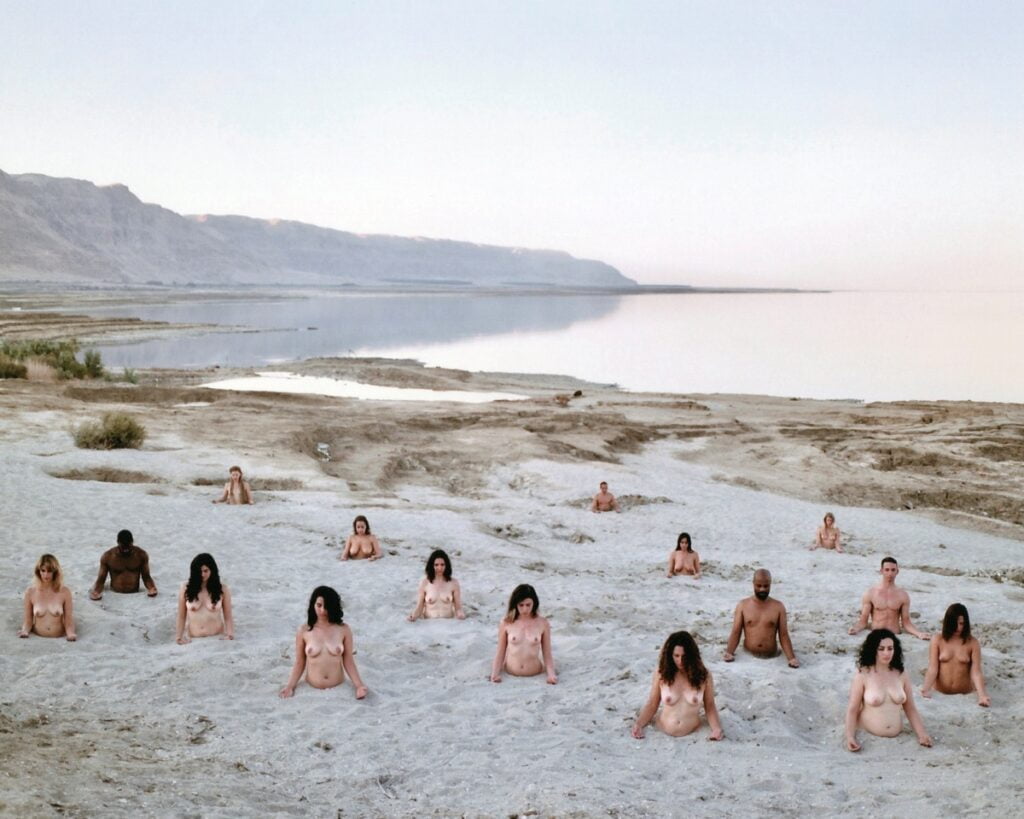
The exhibit will culminate with work from a carefully photographed 2016 installation at the secret Metzoke Dragot (Dragot Cliffs) beach. The photo was a reaction to the closure of Mineral Beach which is no longer accessible due to sinkholes. Sea levels have since declined drastically leaving the region unrecognizable. More than 4,000 sinkholes have been identified on the Dead Sea’s western shores.
“Everything you see in my 2011 photographs is gone. The people in this installation moved on, their bodies and minds 10 years older, with the one constant being the landscape- the minerals, the rocks and sea. Yet, today, the setting of my 2011 works is entirely unrecognizable. I have remained deeply connected and concerned about the Dead Sea and am hoping to help make sure it remains,” Tunick said in a statement.
At a press conference in Jerusalem last week, Tunick said he was honored to be in Israel for the third time, to make art that brings attention to the city of Arad, and “to be in the only place in the Middle East where he can do his art.”
Ari Leon Fruchter, a US-born social entrepreneur who first brought Tunick to Israel, spoke alongside the photographer at the press conference. Fruchter set out to build a Dead Sea Museum in Arad in 2019 as part of a quest to both preserve the area and give back to a city that had made an impact on him since it was his home in a World Union of Jewish Students (WUJS) program in 1997.
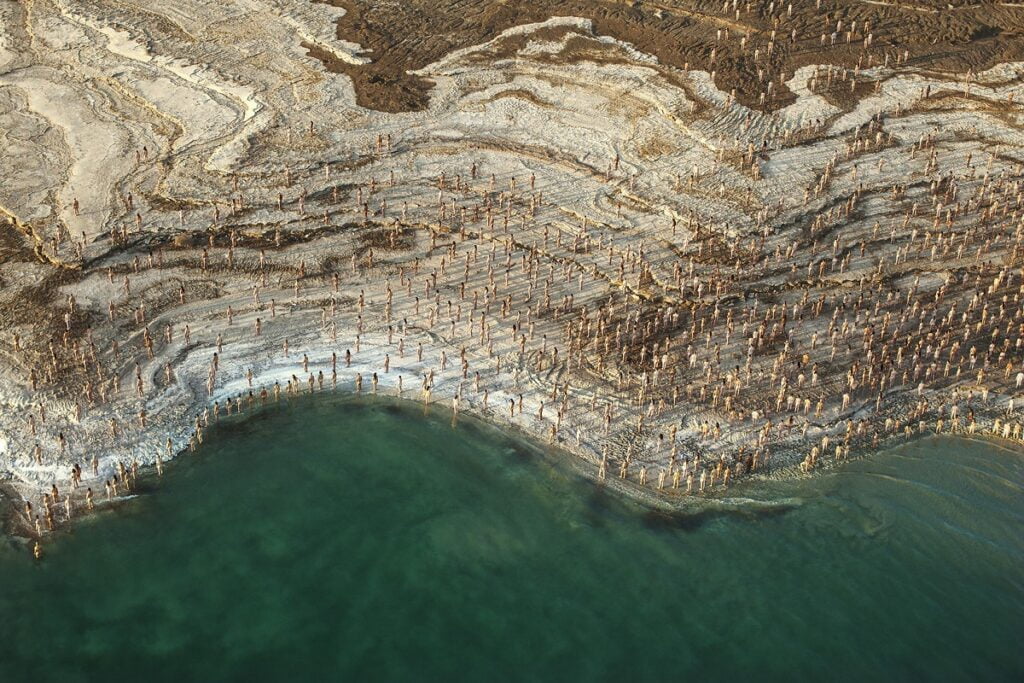
When asked how Fruchter was able to convince Tunick to come back to Israel for a Dead Sea photoshoot after 10 years, the entrepreneur said it “wasn’t hard to do.”
“Spencer has a natural love for and connection to the land, and when we showed him the condition and situation in the Dead Sea he was ready to return and help raise awareness while creating a new work that does just that,” he tells NoCamels.
Fruchter and Tunick were also joined by Nisan Ben-Hamo, the mayor of Arad, and Sharon Neuman and Iftah Hayner, the architects designing the museum.
Ben-Hamo was asked whether Arad was a suitable location for a Dead Sea Museum.
“The city overlooks the Dead Sea,” he said, according to a statement, “Arad is a pluralistic city. It accepts everyone. I am happy and excited about having a significant art project in our city,” he said.
Sign up for our free weekly newsletter
Subscribe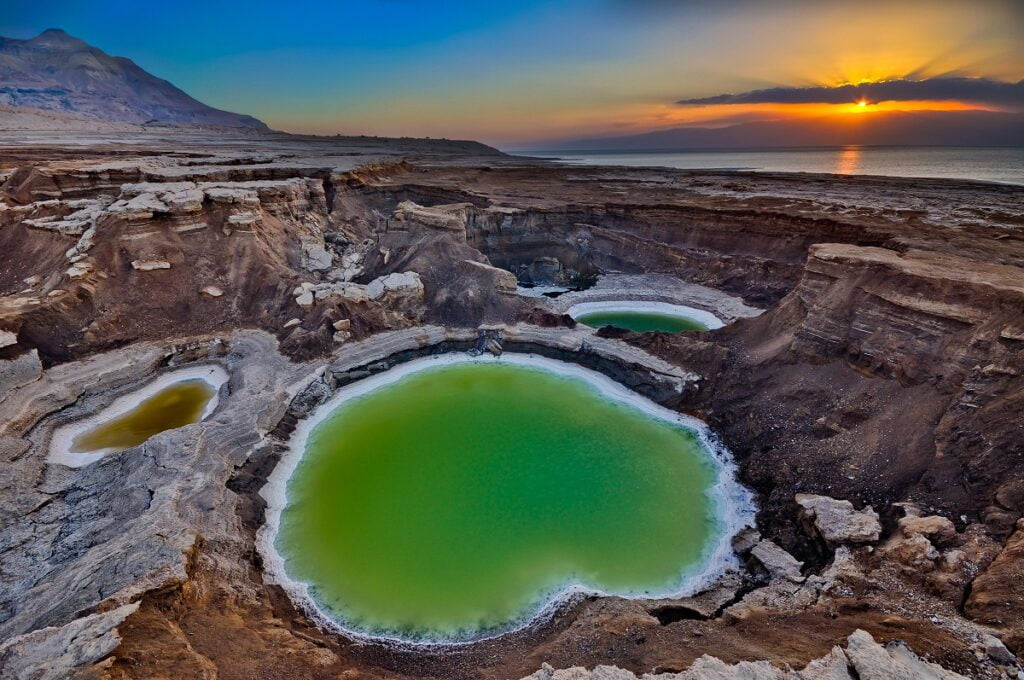
Tunick is currently in the midst of shooting a new artistic new nude project in Arad to draw attention to the region’s environmental plight. Fruchter tells NoCamels he will be announcing the location of the shoot shortly, and it will include a “mesmerizing” surprise element.” The location of the photoshoot is currently under wraps in order to maintain the dignity of the participants.
“To immerse yourself in the preservation of a natural cause with one’s art is a very rewarding experience, but it also comes with the sad realization that often man-made disasters are hard to stop. This does not mean one should not try to make a difference,” Tunick said, “With my works at the Dead Sea, I attempt to poetically visually create pushback against the loss of a natural wonder of the world. The works touch on the hope that early warnings of environmental catastrophe will spark quicker responses from people. Change does not happen in a vacuum, sometimes it takes art to spread the word.”
The salt crystal rises
The city of Arad is just 16 miles from the Dead Sea, and Fruchter wanted to make it a base for visitors on the way to the natural wonder. He also wanted to raise awareness about the proliferation of Dead Sea sinkholes. The area has continued to suffer as freshwater dissolves underground layers of salt deposits causing the ground above it to collapse.
Preservation of the Dea Sea is important because “it holds a wealth of resources that help people and the planet, and it is deeply rooted in the vast history of this land and the people of Israel,” Fruchter explains.

The Dead Sea Museum was launched initially as a virtual museum as a collaboration between Fruchter and the architects Neuman Hayner Associates, Ikonospace, and Kunstamatrix. Its first exhibition featured the winners from an international photo competition for the Dead Sea that drew over 15,000 submissions from over 40 countries, with Tunick as one of the judges.
Arad has allocated 22 dunam, or 22,000 square meters, for the development of the Dead Sea Museum. According to Fruchter, the architects from Neuman Hayner Associates have completed design-specific plans and the team is currently finalizing the budget.
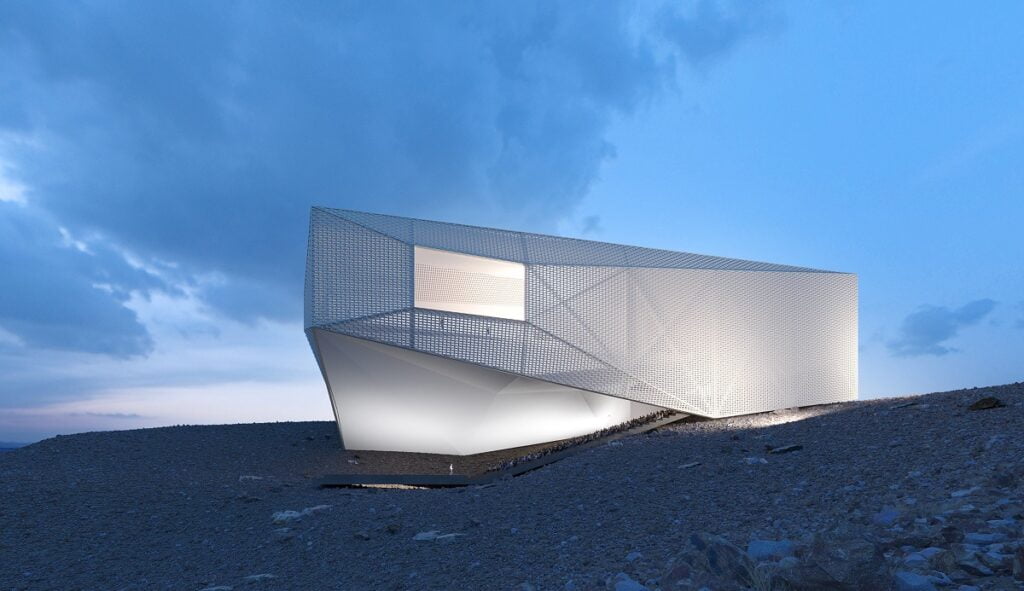
“The space will display many contrasts,” the architects said in a statement on the design of the museum. “It combines an age-old tradition of desert construction with the latest technology creating a distinction between the openness of the breathtaking view and the need to protect from the harsh climate.”
The building will float on a spur that slopes east, along the creek at Yehelim, with a view of the Dead Sea on the horizon, the designers explain. The first impression of the museum is of a monolithic structure, but with a crystalline appearance. In essence, it is meant to convey the appearance of an abstract salt crystal formation.
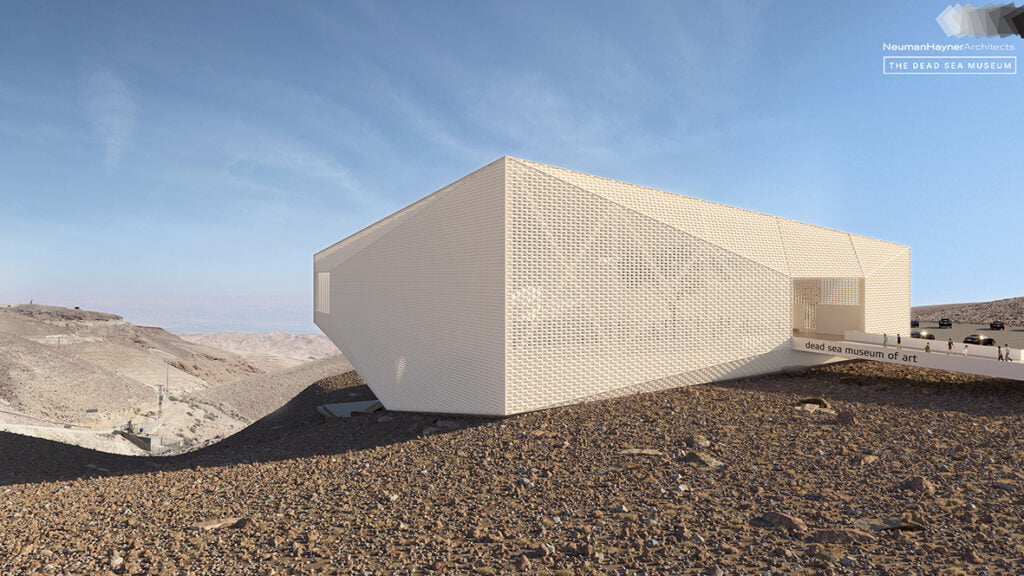
“We decided to create the shape of a salt crystal as a source of inspiration,” said architect Sharon Neuman. “From there we began to process it according to forces acting in space. It was important for us to have a flow of light, air, and most importantly — people.”
Upon closer inspection, visitors can see a modern interior light construction shell that was inspired by the salt crystal, which allows filtered light and natural ventilation to penetrate the open interior space. A photovoltaic panel system for self-generating electricity is hidden on the roof of the museum. The shell will include an open and shaded sculpture garden with a patio and reflecting pool, which frames the sky and wind movement on the water, and provides light and shadow.
“With international travel being limited, TheDeadSeaMuseum.com platform allows anyone in the world the ability to enjoy this museum exhibition free of charge and reaffirms the need to rejuvenate this historically significant body of water that was once home to Tunick’s beautifully documented art,” Fruchter says, “With Spencer’s support and trip to Israel we want to inaugurate the founding of a physical museum for the Dead Sea in the city of Arad that will also help us preserve and restore this wonder.”
Related posts

Rehabilitation Nation: Israeli Innovation On Road To Healing

Israeli High-Tech Sector 'Still Good' Despite Year Of War


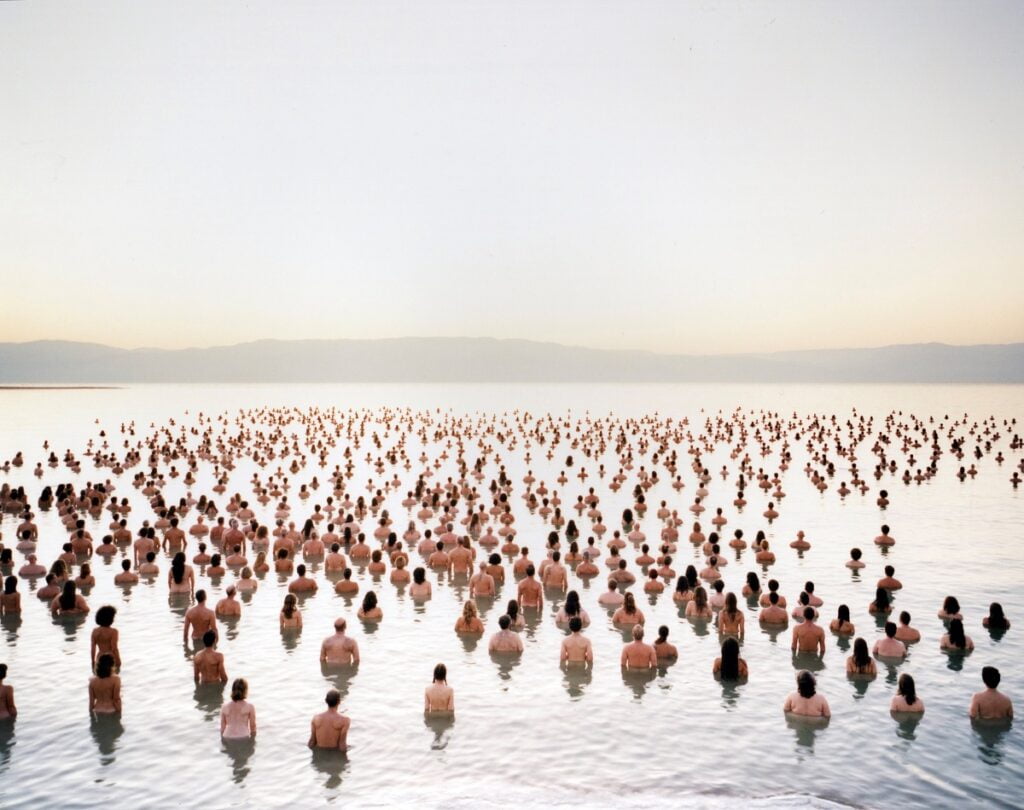


Facebook comments